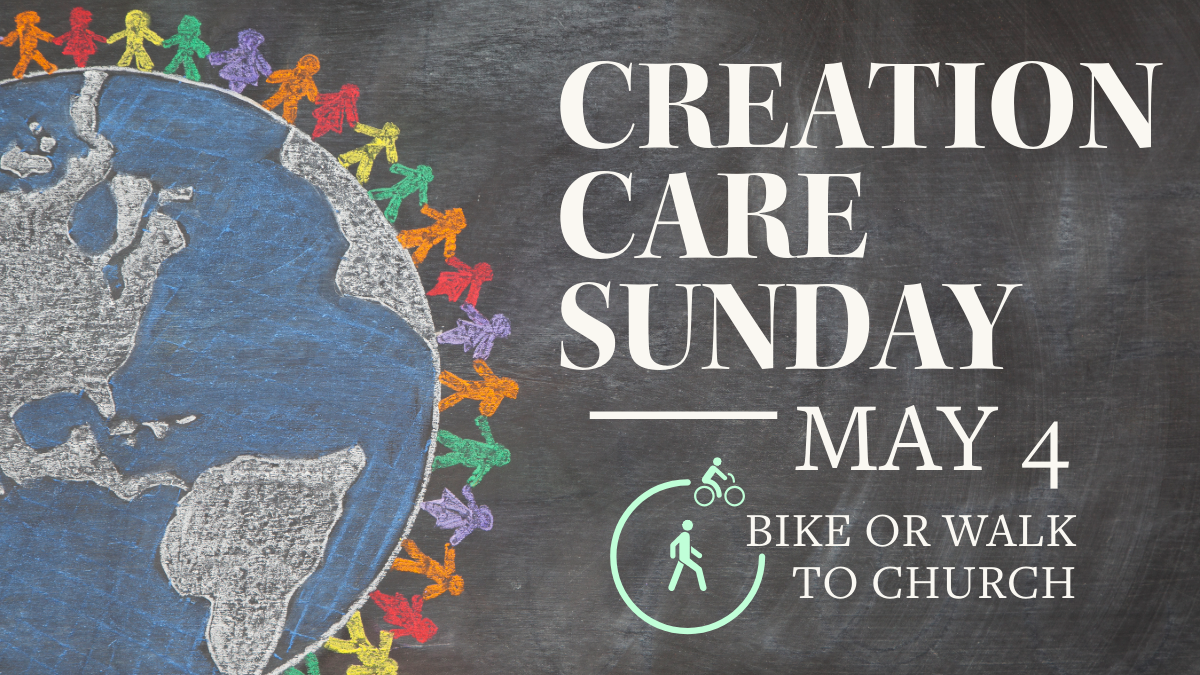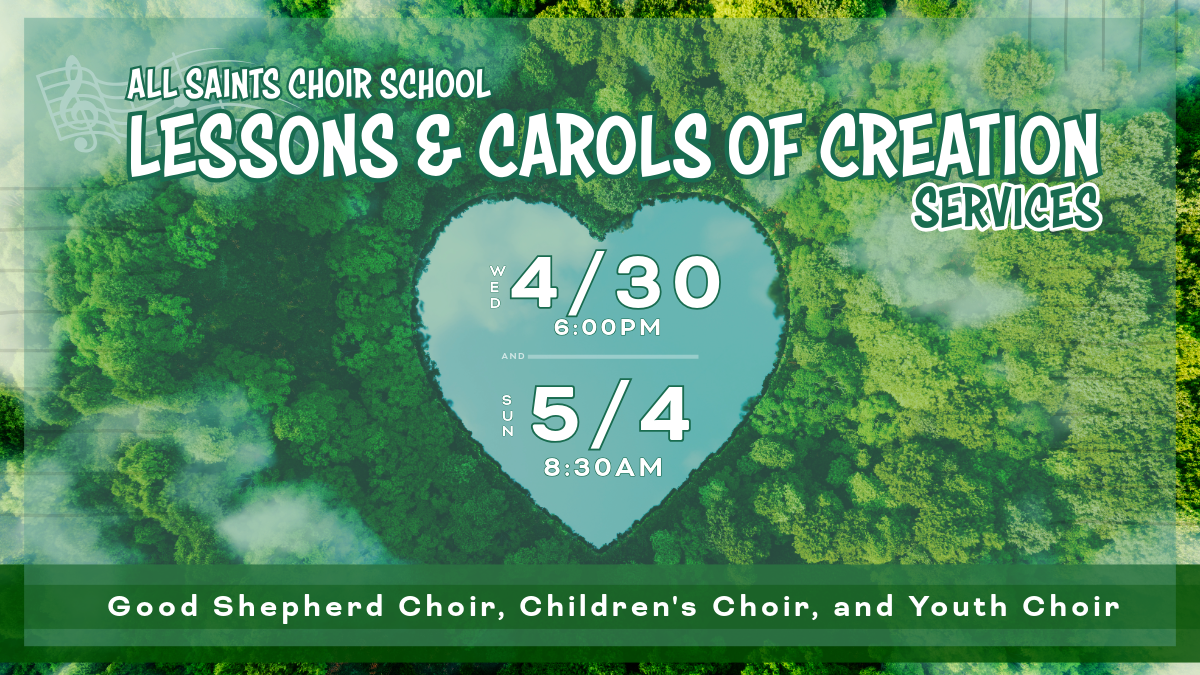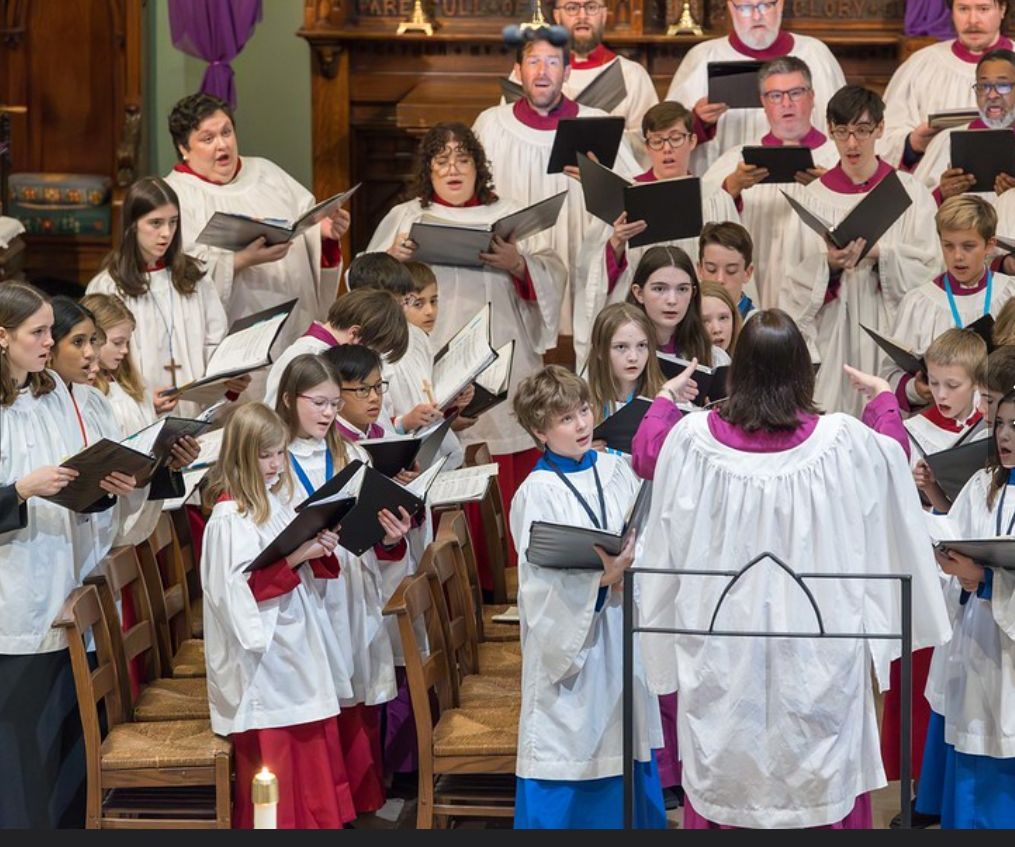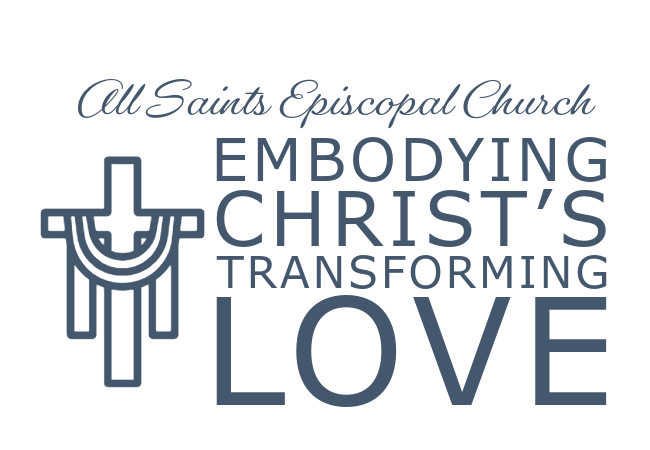God’s Vision, Our Eyes
Entering the fifth grade I could see it was going to be a good year. Not only did I have a slight crush on my teacher, the young and energetic Ms. Schmidt - who had bangs the size of Texas (this was the 80s after all, and most of my other teachers up to this point had been elderly Catholic nuns) - so, not only did I have an awesome new teacher, my desk was also near the back of the class, out of the spotlight, right next to my childhood best friend, Kevin. I could see it was going to be a good year.
It was going to be a good year, that is, until one day during the second or third week of school, Ms. Schmidt called on me to answer a question on the blackboard (yes, a good old-fashion blackboard - before the days of dry/erase boards and digitized screens). Caught off guard, I squinted hard, but still could not make out what was written on the board. “Uh, I don’t know,” I mumbled. My classmates giggled. It must have been an obviously easy answer.
The next day Ms. Schmidt called my mother in for a meeting where she expressed her concern: “I think Brad might need to have his eyes checked; he’s squinting from the back of the classroom.”
Well that was the beginning of the end. Not only did I have to move to the very front row away from my best friend, I also had to go to the eye doctor. They put burning drops in my eyes that made my vision even worse and then subjected me to a barrage of tests asking silly questions over and over again like “One or two, one or two…..two or three, two or three.” And at the end of it all I received a rather unattractive pair of eyeglasses - some variation of which would be my face’s constant companion for decades to come.
Through the years as I grew taller and taller my lenses grew thicker and thicker. I tried contact lenses and sports goggles, prescription sunglasses and frames made of medical grade acetate (that’s an expensive word for ‘plastic’). I was completely and utterly dependent on these fragile frames and lenses, and I would be nearly legally blind without them. The thought of losing them or having them crushed was slightly terrifying to me. Whenever I travelled I made sure to pack a back-up pair just in case.
This went on like this for most of my early adulthood, until in my early thirties came the proverbial straw that broke the camels back. My prescription had changed enough to where I needed new glasses, and I discovered, to my dismay, that my prescription had become too strong to fit into most prescription sunglasses.
I searched for solutions until I finally became desperate enough to go to the extreme lengths of having a laser cut across my eye to repair my vision. It was not a pleasant process, but at least Lasix would free me from ever thickening lenses. If you have ever had any type of eye surgery, you know how strange it is to feel the pressure building until your eye simply blacks out. For me, it was a lesson in deep breathing and extreme trust of the doctor who had my eyeball pinned down.
Slowly, but surely over the next day or two the haze lifted and my vision began to sharpen. It took me well over a year to stop grabbing for my glasses at my temple. And now in my forties, I find that my arms are not always long enough to accommodate the fine print - presbyopia it’s called, which I suppose is fitting for a presbyter of the church.
Our eyesight is perhaps the richest of all our senses, delicate and complex. Something we sometimes take for granted, until an accident or aging begins to deteriorate what we can see. But far more tragic than the loss of sight, are those moments where we settle for the status quo, where the joie de vie is replaced by the daily grind, and our vision suffers.
Hellen Keller, the first deaf-blind person to receive a bachelor of arts, once said, “It is a terrible thing to see, but have no vision.” How tragic, and how true. A terrible thing to see, but have no vision. The book of Proverbs puts it this way: “Where this is no vision, the people perish.” Vision is essential to life.
Both Peter’s account in the Acts of the Apostles and John’s scene of a new heaven and a new earth in Revelation are remarkable visions of God’s ongoing revelation. Peter, who must see this vision three times to be convinced (if you haven’t noticed, Peter needs repetition for the lesson to sink in); he tells his companions of the voice that told him, “What God has made clean, you must not call profane.” Peter then silences his critics with this stunning admission, “Who was I that I could hinder God?” - a good question for us, too, as we squint to see God’s vision. Who are we that we should hinder God?
The seer John, too, is given a vision from God of a new heaven and a new earth. A new creation where the incarnation is a de facto state of being, “See, the home of God is among mortals. He will dwell with them as their God; they will be his peoples, and God himself will be with them.”
This is a vision of a time when God will right all wrongs, reconcile all things unto himself and wipe every tear from our eyes. “Death will be no more; mourning and crying and pain will be no more, for the first things have passed away.”
The vision these lessons paint for us are of a creation that is not yet complete. God’s creation is a work-in-progress as God continues to create you and me and all of us together in the image and likeness of Christ - his incarnated presence on this earth.
These lessons cause me to pause and ponder, “How is my vision? Not unlike Peter, what vision is God giving us to startle us awake and into action?”
South African president Nelson Mandela once said, “Action without vision is only passing time; vision without action is merely day dreaming; but vision with action can change the world.”
My friends, God has placed us here to do much more than just pass the time until our vital signs cease. God has called us to much more than merely day dream. God has a vision for us that can transform this world into the Kingdom of God.
Years ago when I was a new priest at Church of the Nativity in Huntsville, there was a young family who came traipsing up to the altar rail during communion. One of the little girls had obviously been sitting still for far too long and was glad to finally be up and about. She bounced up to the altar rail and excitedly asked me, “Can I have two?” It took me a second, but then I realized she wanted seconds, she wanted two Eucharistic wafers.
I had a barrage of thoughts cross my mind during that short moment of deliberation. Would she eat both of them? Would she save one for later or give it to her dog at home? Would it end up on the floor or in the trash? Why did this eager little girl want two? Was she just being greedy? As I weighed the theological and practical pros and cons of whether I should give her one or two hosts I heard myself speak words to her that were not entirely my own. In a type of reflexive Spirit-filled moment I said to her, “Of course you can. The Body of Christ, the Bread of Heaven.” Upon placing the two hosts in her little hands, she promptly turned to her mother and said “Here mommy, I got two” as she handed one to her mother.
I tell you that story because for me, it was an unexpected moment of blessing and abundance. It was a vision of God’s abundance, where there is always enough.
Had I refused to give this little girl two, I would have completely missed out on this encounter, this vision of the Kingdom in our midst.
I wonder whether All Saints might not be a place where we can all “take two” and turn towards our neighbor, extending the grace we’ve just been handed. What vision do you have here of the Kingdom of God in our midst?
God’s vision is more than just a dream. It is a vision that is meant to be seen through our eyes. “See, I am making all things new” says the Alpha and the Omega.” As Jesus once invited his disciples he invites us still today, “Come and see.”
More Announcements
